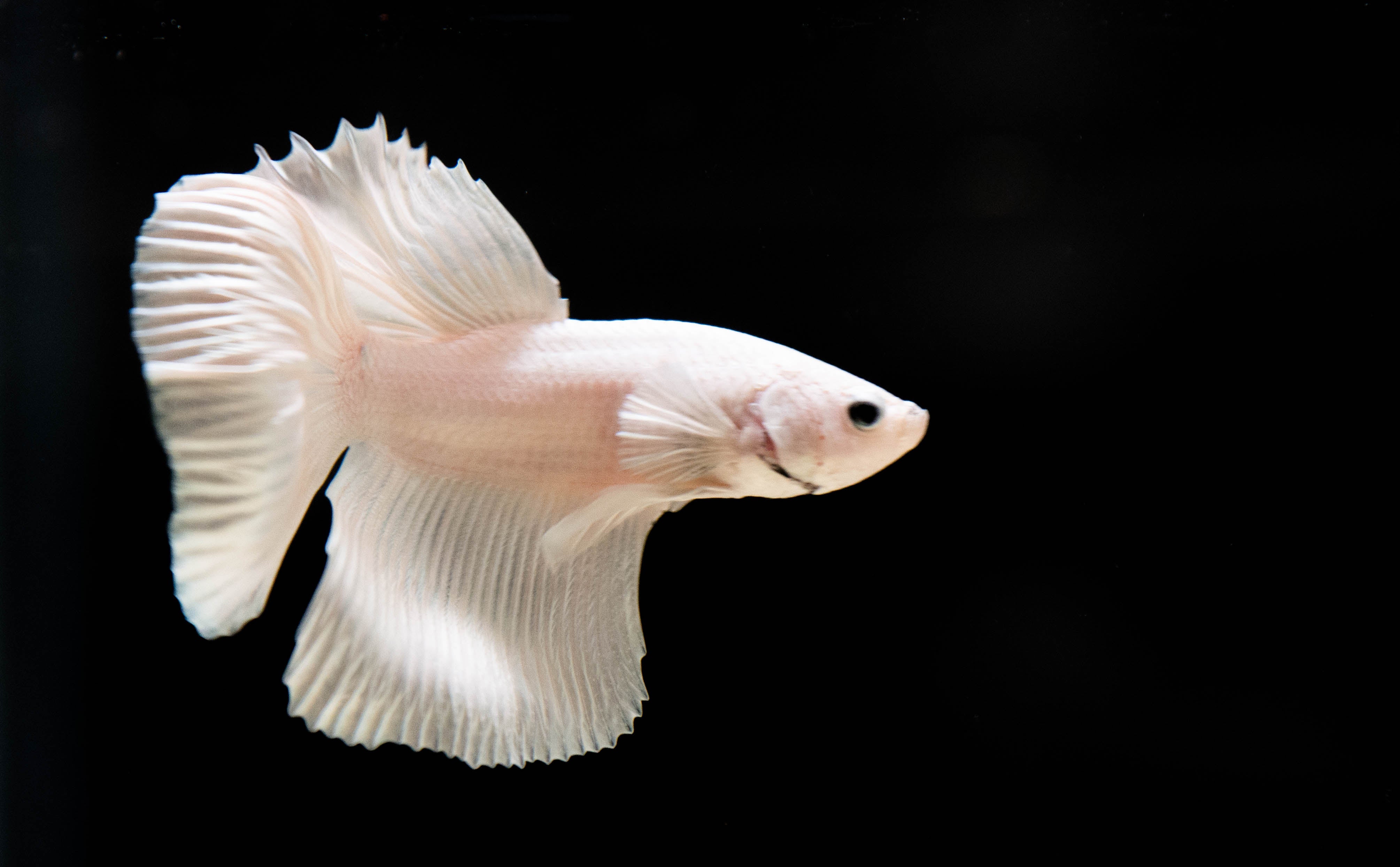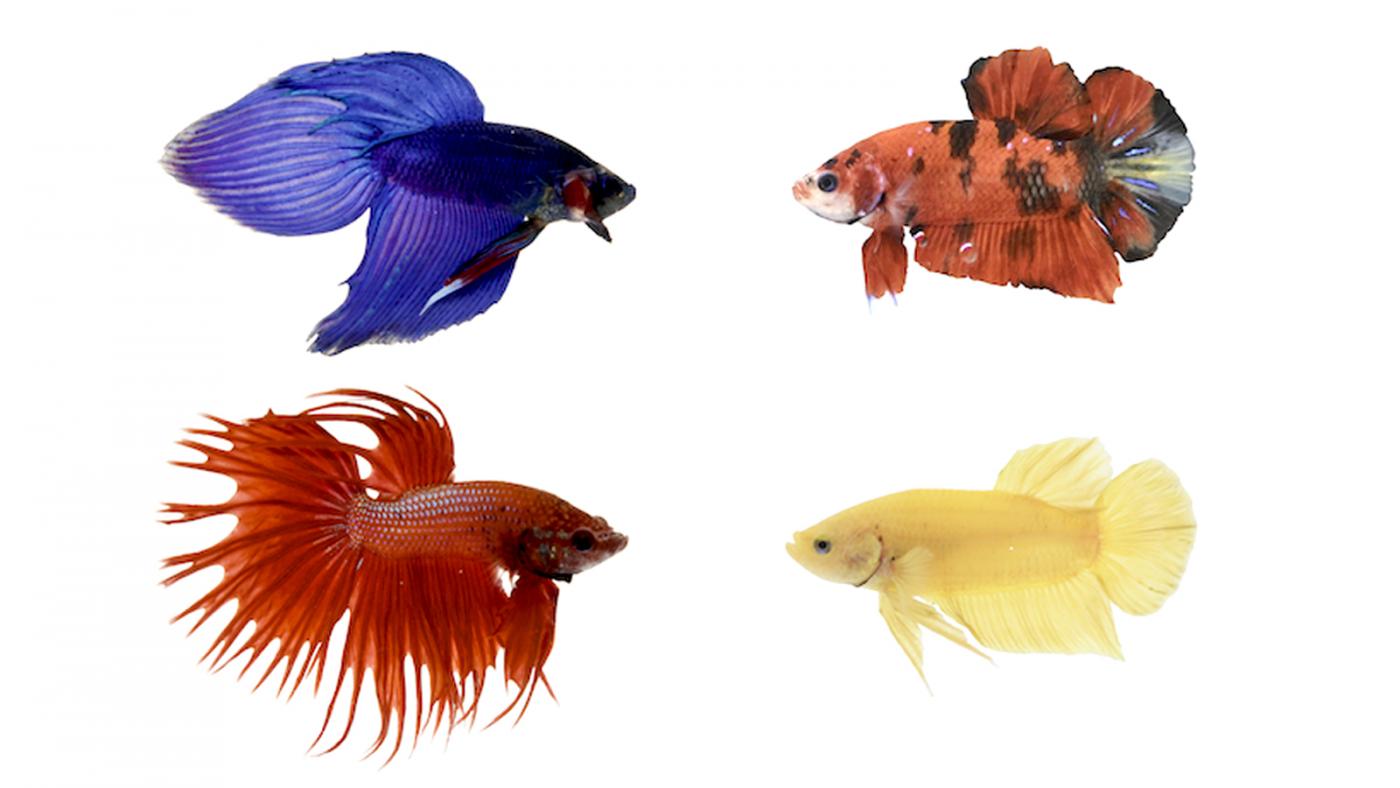Everything About Betta Fish: Understanding Their Distinct Demands, Behavior, and the most effective Practices for Optimum Care
Recognizing the special needs and actions of Betta fish is crucial for any type of aquarist looking to provide optimum care. betta fish. As we check out these aspects even more, the ramifications for both amateur and knowledgeable fish caretakers come to be increasingly apparent, elevating concerns concerning exactly how best to fit these remarkable fish in our homes.
Betta Fish Overview
Although usually admired for their vivid shades and streaming fins, Betta fish, medically called Betta splendens, are complicated creatures that need certain like thrive. Originating from Southeast Asia, these freshwater fish are known for their territorial nature and one-of-a-kind habits. Betta fish display sexual dimorphism, with men displaying more brilliant colors and longer fins than women.
Their aggressive tendencies, especially amongst men, require careful factor to consider when real estate them. Bettas are often maintained in single-specimen containers to avoid territorial disagreements. Nevertheless, they can exist side-by-side quietly with particular compatible varieties in bigger area containers, provided the setting satisfies their requirements.

To make certain optimum care, aquarists need to recognize their distinct behavior traits, dietary demands, and habitat requirements. betta fish. With correct interest, Betta fish can show their dynamic characters and thrive in a well-maintained aquarium setting
All-natural Habitat and Environment
Betta fish flourish in a varied variety of all-natural habitats, mainly found in the superficial waters of Southeast Asia, consisting of rice paddies, swamps, and slow-moving streams. These settings are characterized by cozy temperatures, typically in between 75 ° F and 82 ° F(24 ° C and 28 ° C ), and a pH level ranging from 6.5 to 7.5, which is ideal for their wellness and wellness.
In their natural environments, Betta fish are accustomed to thick vegetation, providing both sanctuary and reproducing premises. The presence of plants such as drifting water lilies and thick turfs not just provides defense from predators however likewise adds to the oxygenation of the water, which is vital for their respiratory requirements. Furthermore, these atmospheres usually have areas of still water, permitting Betta fish to show their all-natural habits such as bubble nesting.
Recognizing the all-natural habitat of Betta fish is vital for fish tank enthusiasts. Replicating these conditions-- via water temperature level, pH equilibrium, and the incorporation of live plants-- can significantly boost the general health and durability of these captivating fish, guaranteeing they thrive in a home aquarium setup.
Social Behavior and Interactions
Comprehending the social habits and communications of Betta fish is important for effective aquarium administration. Betta fish, or Siamese fighting fish, are known for their one-of-a-kind behavior characteristics, defined mainly by territoriality and aggression.
On the other hand, female Bettas display less hostile habits and can exist side-by-side in groups, referred to as sororities, if presented properly. Nonetheless, it is crucial to monitor their interactions carefully, as pecking order and supremacy can bring about conflicts. Understanding the dynamics within a Betta area is vital; developing concealing spots and making sure ample room can mitigate aggressiveness.
On top of that, Betta fish might additionally display curiosity and social behaviors towards other types. While they can exist side-by-side with particular non-aggressive container friends, it is vital to pick suitable types to avoid stress and anxiety and aggressiveness. In general, recognizing these social communications is essential to fostering an unified aquarium setting for Betta fish.
Crucial Treatment Guidelines
Giving appropriate take care of Betta fish is essential to their health and well-being. To make certain a successful setting, it is vital to maintain ideal water conditions. The water temperature level should be maintained between 76 ° F and 82 ° F(24 ° C to 28 ° C), while pH levels ought to vary from 6.5 to 7.5. Routine water adjustments-- roughly 25% once a week-- help preserve water quality.
Betta fish need an ideal container this size; a minimum of 5 gallons is suggested to give sufficient area for swimming and hiding. Consist of decorations and plants to create a stimulating setting, yet avoid sharp items that can harm their delicate fins.

Finally, guarantee the tank is equipped with a filter to maintain the water tidy, however use a mild filter to stay clear of strong currents that can stress the fish. By adhering to these crucial treatment guidelines, owners can promote a healthy and balanced and dynamic Betta fish.
Common Health Issues and Solutions
In the treatment of Betta fish, recognition of typical health concerns is necessary for preserving their wellness. One prevalent concern is fin rot, commonly triggered by inadequate water high quality or bacterial infection. Signs and symptoms include torn or tarnished fins. To treat fin rot, improve water problems and think about making use of a broad-spectrum antibiotic.
One more common condition is ich, a parasitical infection characterized by white places on the fish's body (betta fish). Treatment includes raising water temperature and including aquarium salt to the tank, as this can help remove the bloodsucker
Swim bladder condition is also often observed, causing buoyancy issues. This problem may develop from overfeeding or irregularity. A fasting duration of 24-48 hours, followed by a diet regimen of blanched peas, can offer relief.
Lastly, bettas hop over to here might deal with velvet condition, suggested by a gold dust-like look on their skin. Therapy typically calls next page for medication specifically created for external parasites, together with improved container health.
Normal monitoring of water criteria, keeping a tidy environment, and supplying a well balanced diet are crucial precautionary steps. By addressing these health and wellness problems quickly, Betta fish can lead much healthier, much more dynamic lives.
Verdict
In summary, effective betta fish treatment requires an understanding of their unique demands and habits. Regular monitoring of wellness and water high quality, along with a balanced diet regimen, adds to the durability and vibrancy of betta fish.